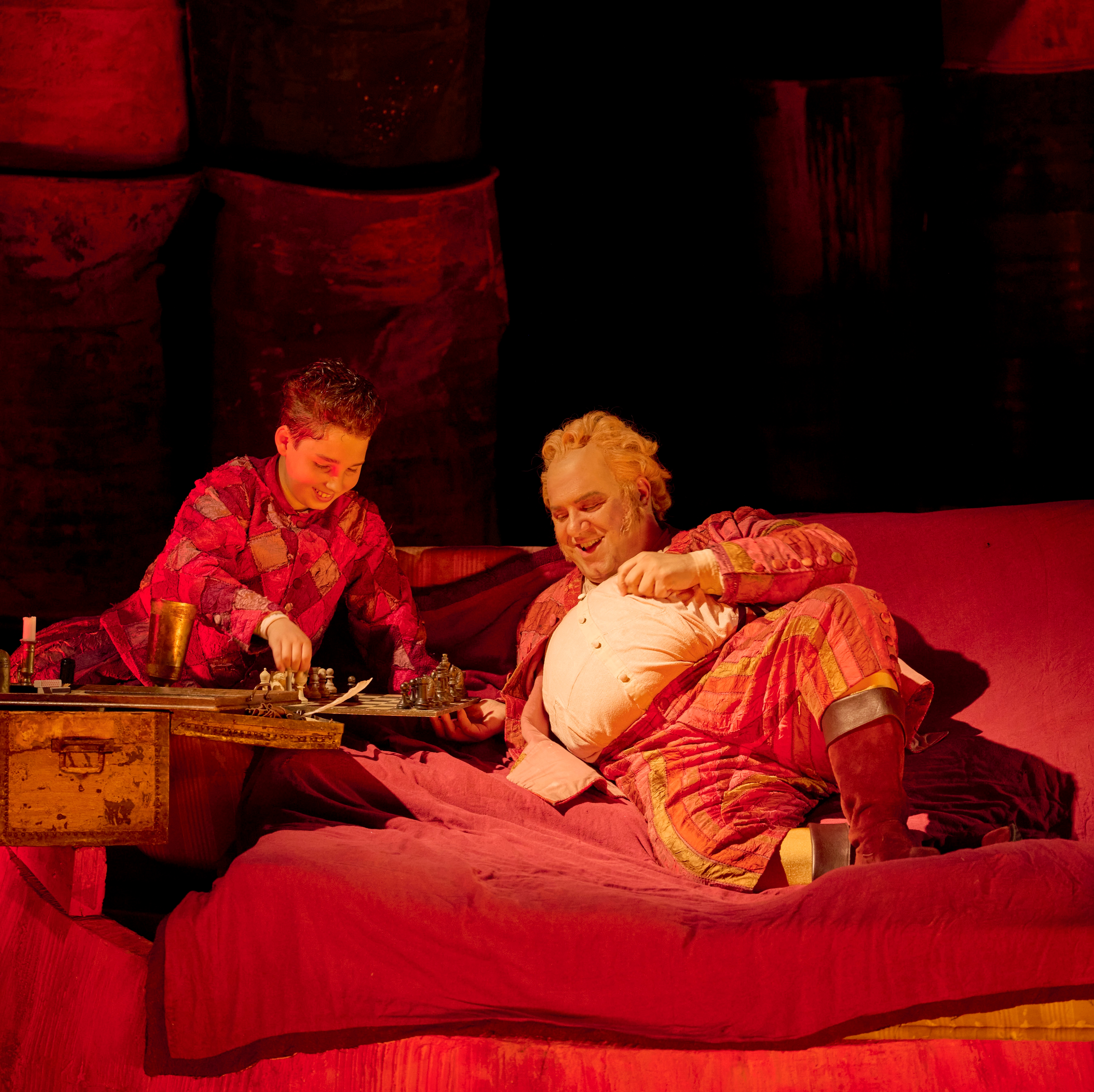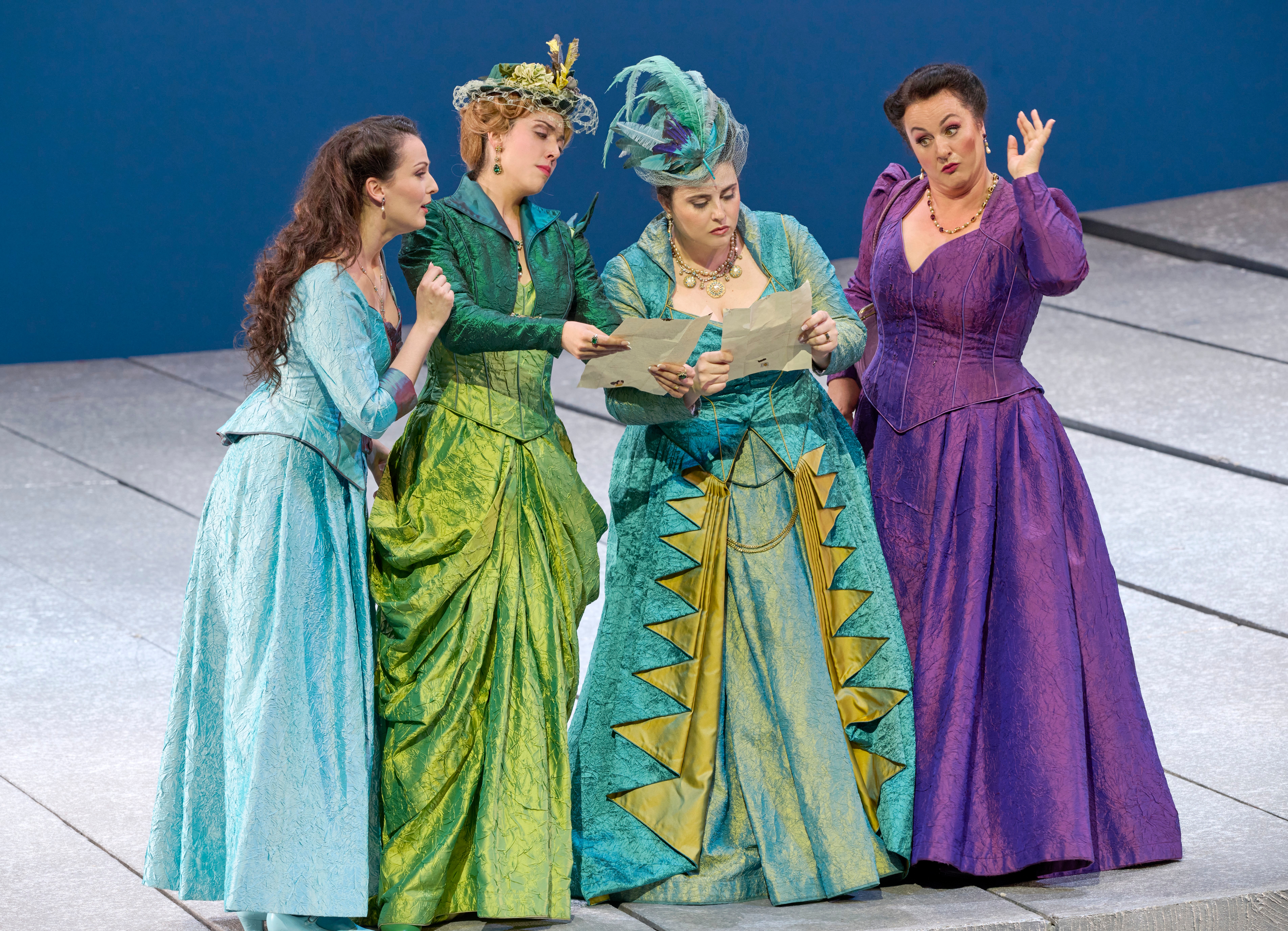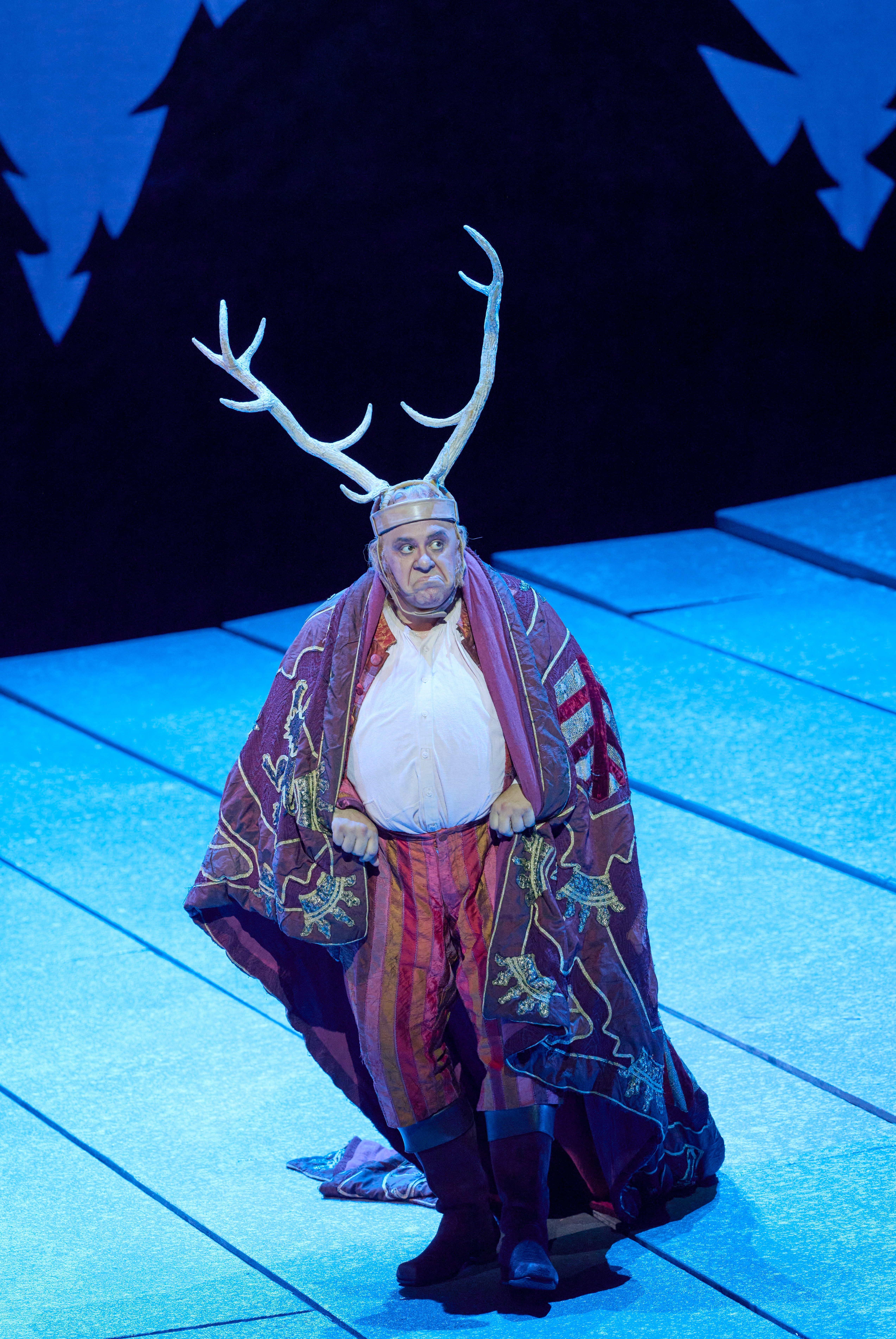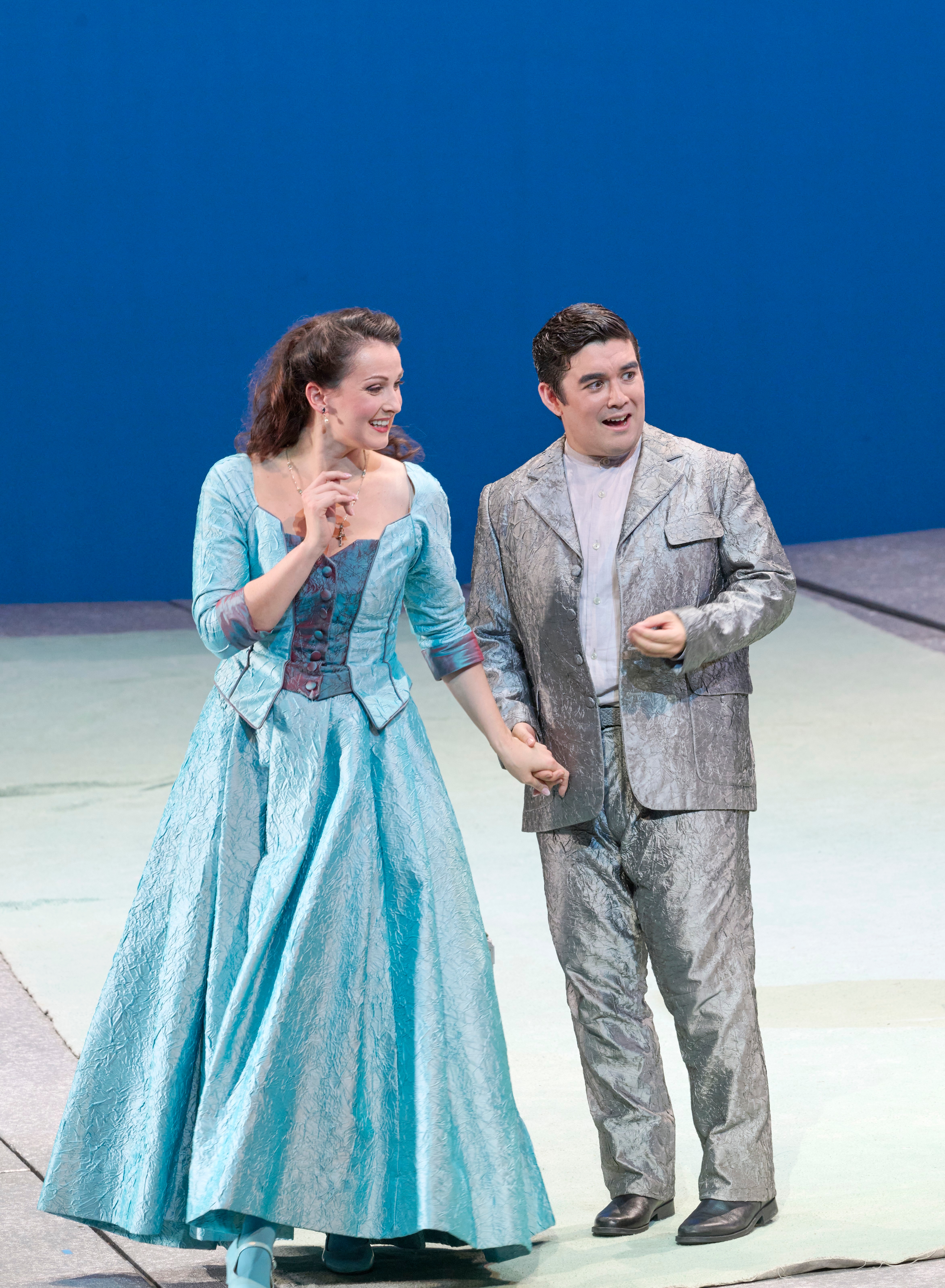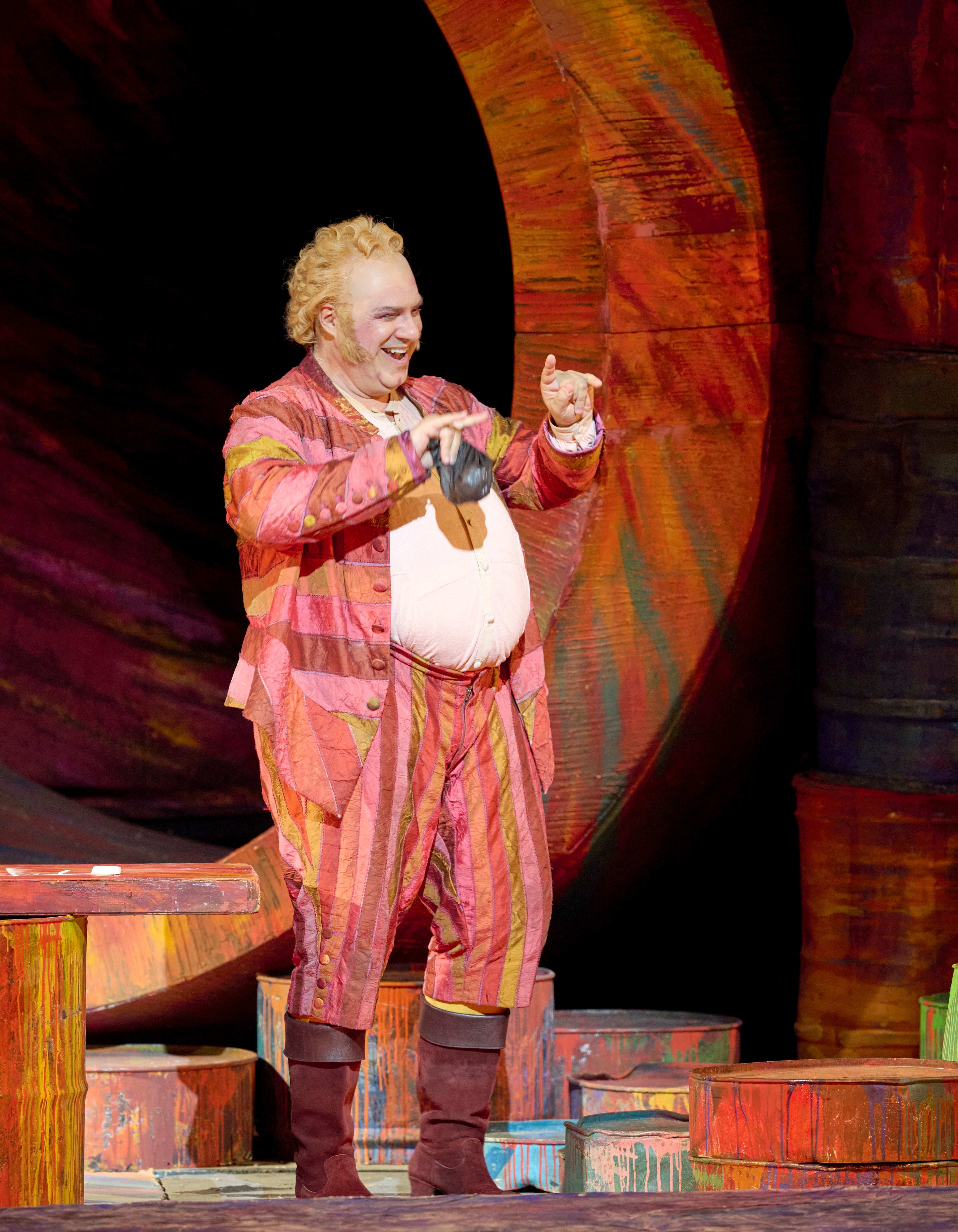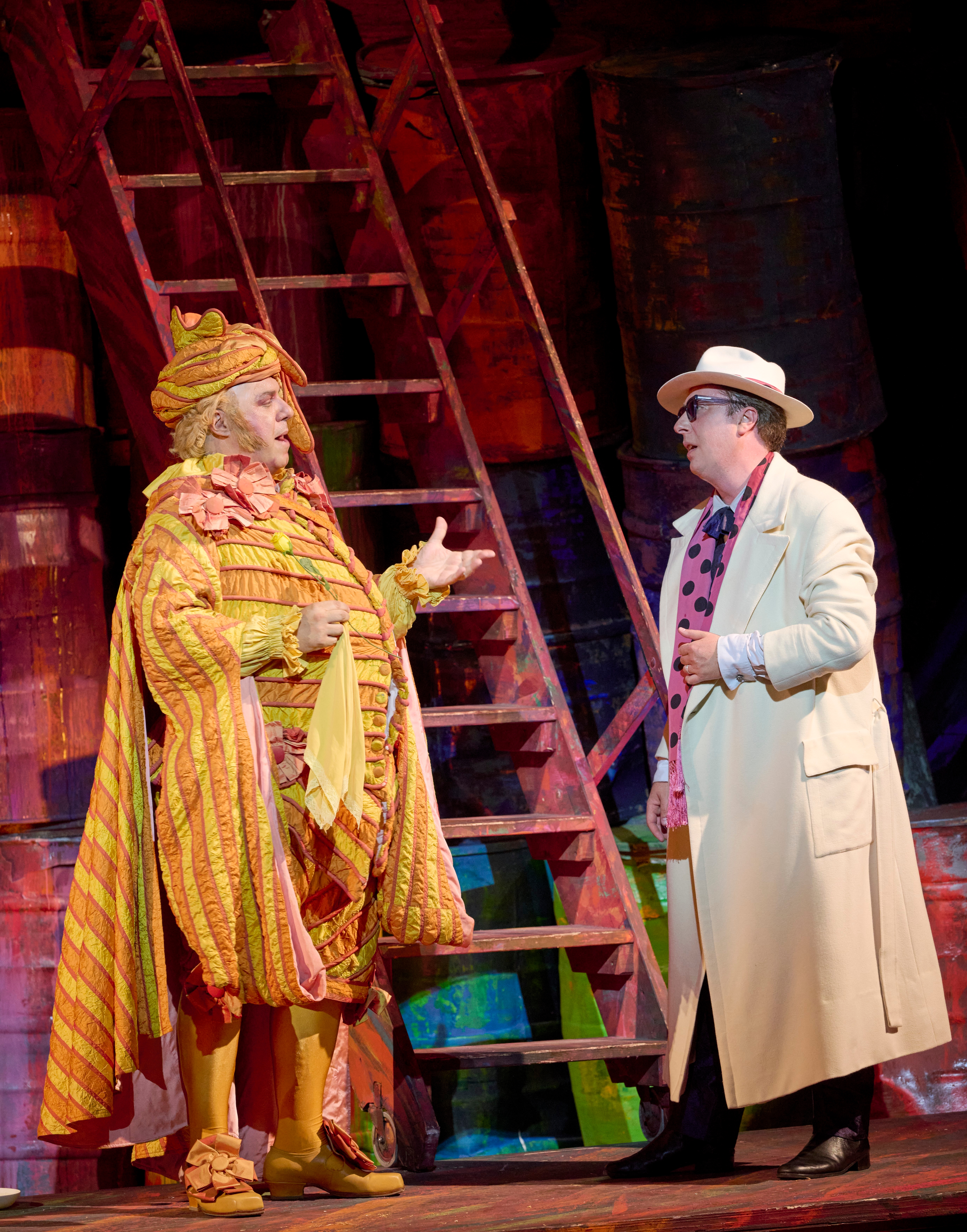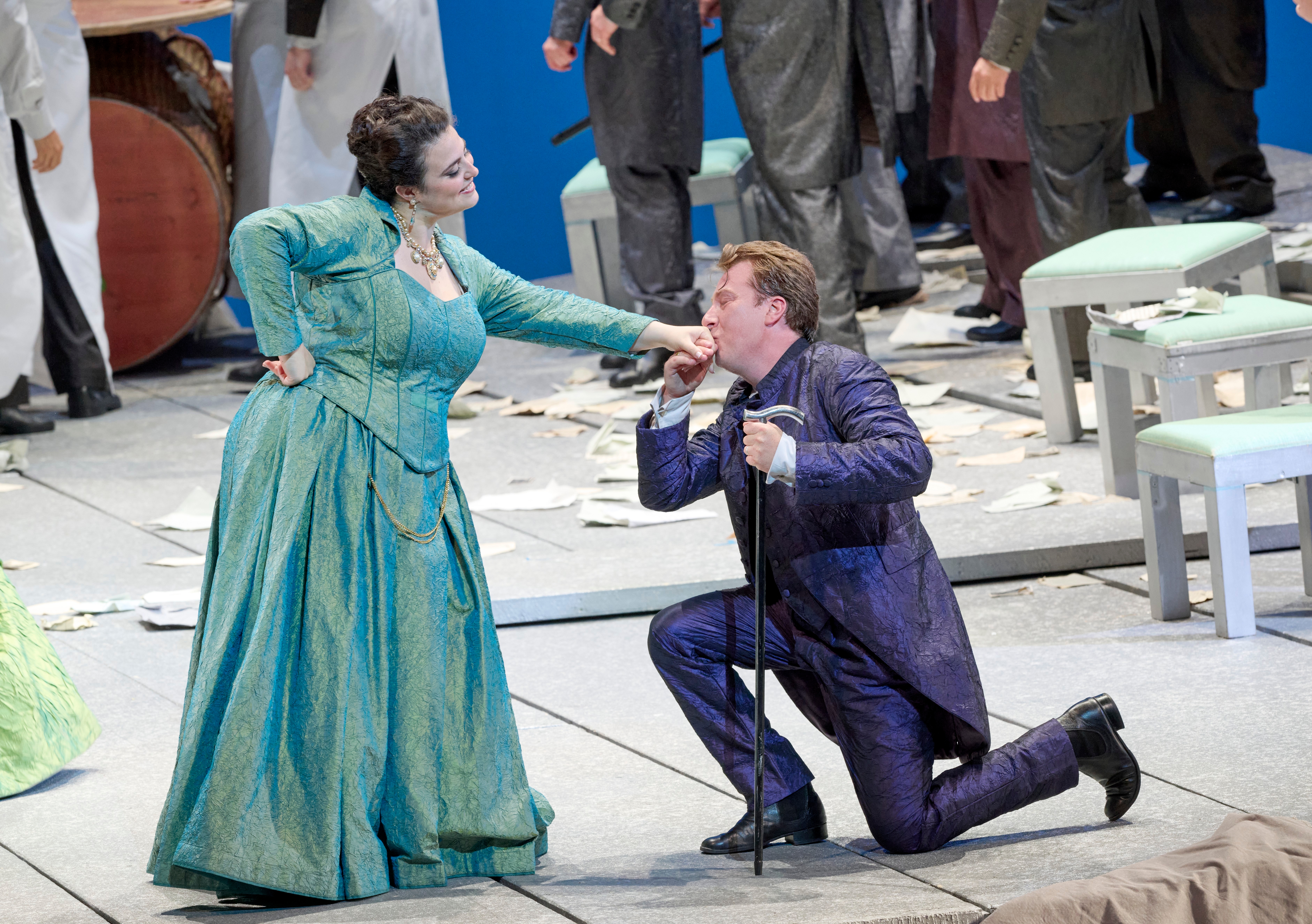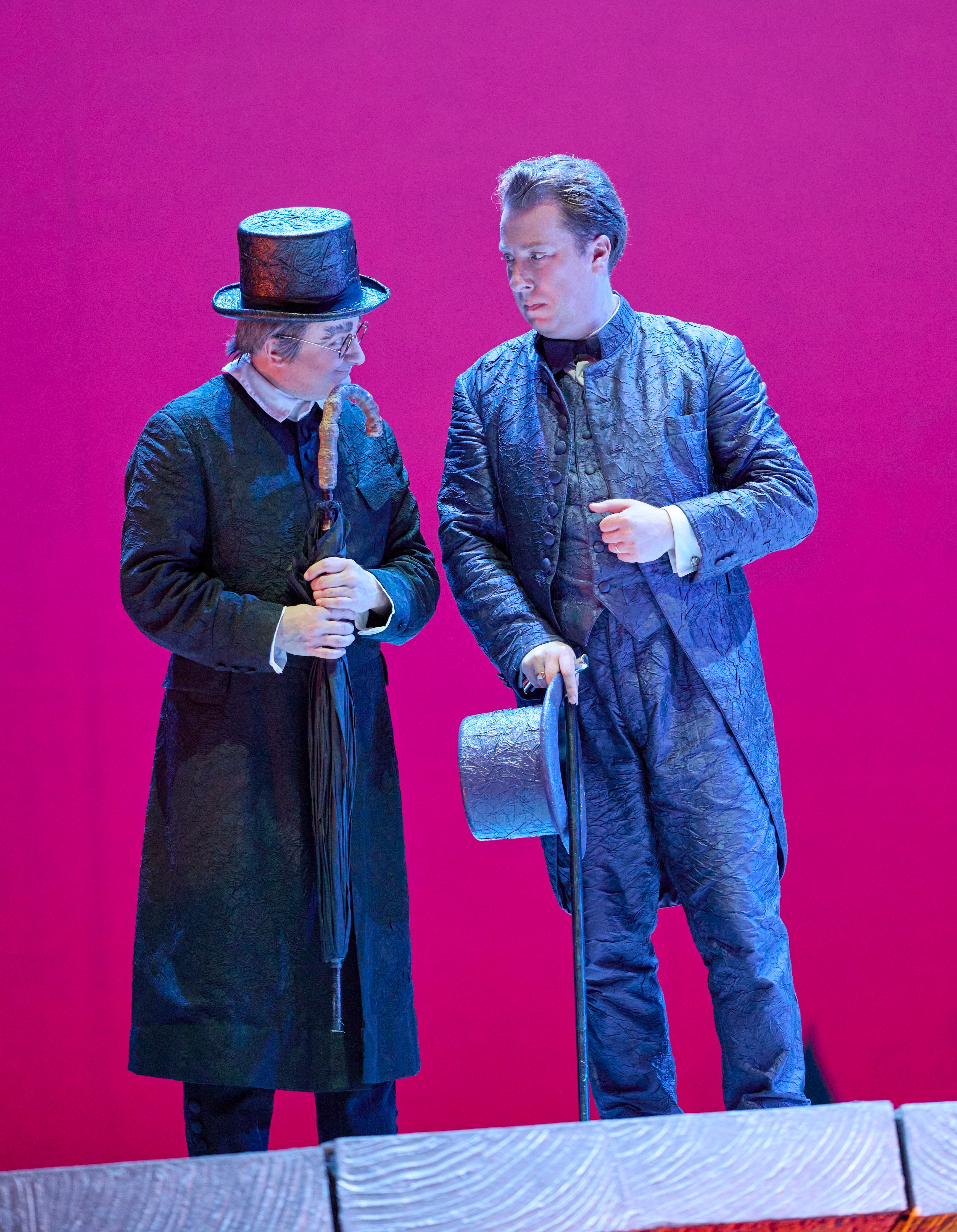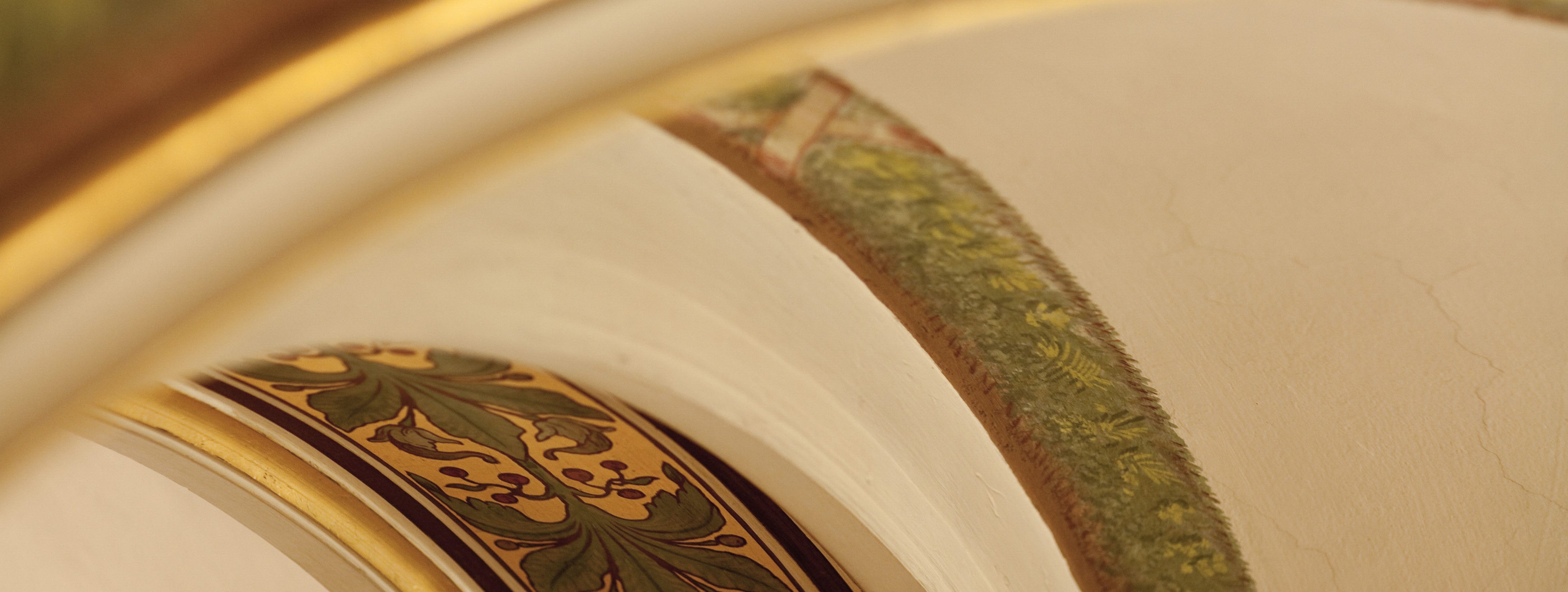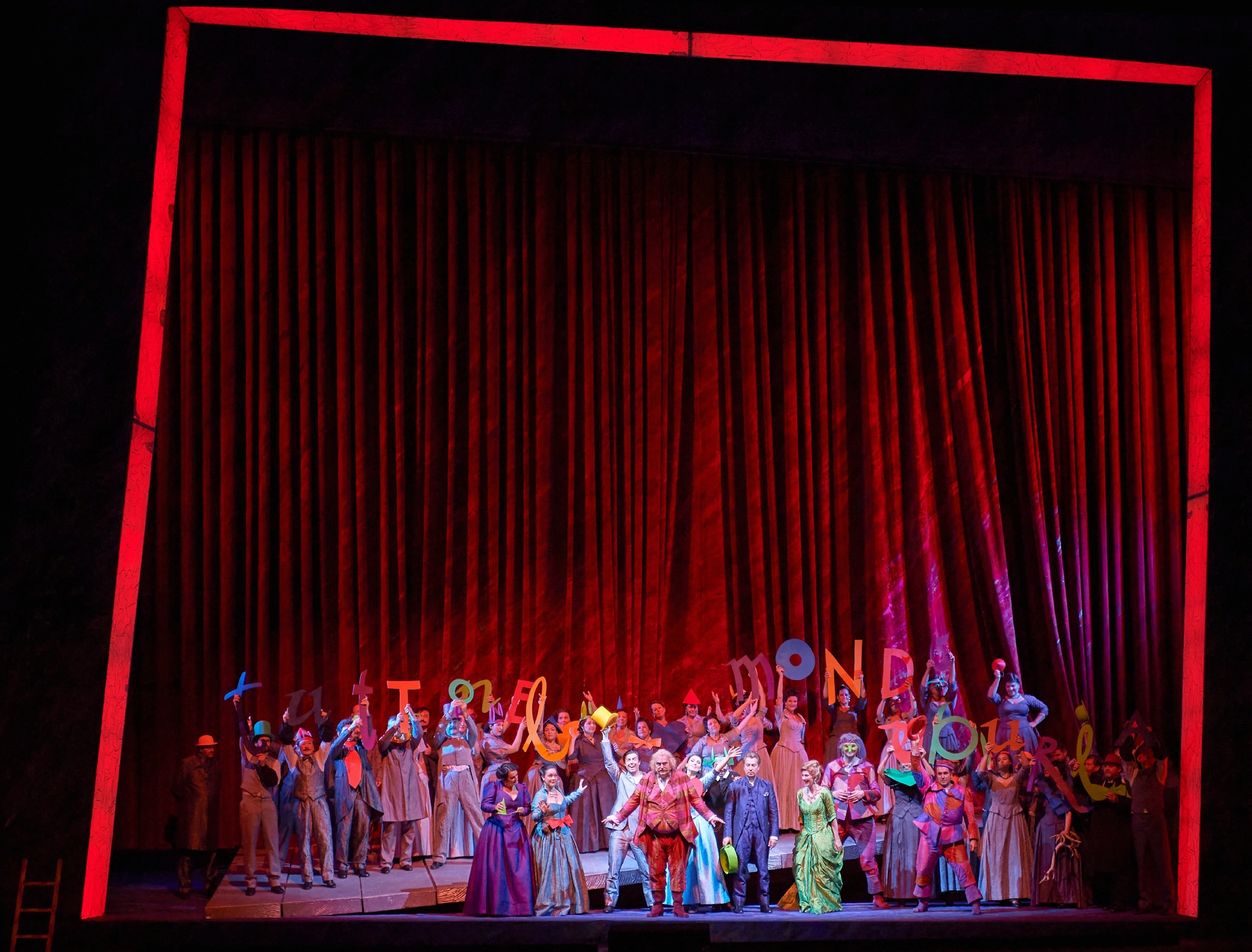
Short Synopsis
The somewhat down-and-out knight Falstaff, who is blessed with self-confidence, makes his way in life as a man of action
and searches for money and amorous adventures. He may not be successful, but Falstaff always wins the hearts of the audience. Conclusion of the cheerfully witty opera: "Everything is fun on earth!"
Falstaff
Storyline
Sir John Falstaff, the fat knight residing at the Inn of the Garter, has run out of money to pay his bill.
Convinced of his attraction to the female sex, he wants to combine the pleasant with the useful. He writes two love letters with the same content to Alice Ford and Meg Page, two wealthy bourgeois wives, and asks them out on a date. Together they hatch a plan to make a fool of Falstaff. Mrs. Quickly is sent as a love messenger to invite him to Ford's house between two and three o'clock, as the jealous landlord is not at home. Falstaff accepts the invitation. Shortly afterwards, Ford pays him his respects.

He pretends to be Signor Fontana and is in love with Alice, but she does not hear him. Having heard of Falstaff's seductive skills, he asks him to do the amorous groundwork in return for payment. Falstaff boastfully tells him that he will hold Alice in his arms today. Ford believes he has been betrayed by Alice and storms his house between two and three o'clock, where Falstaff has already arrived for a rendezvous with Alice. The women just manage to hide him in a laundry basket. Amid laughter, Falstaff is emptied into the Thames.
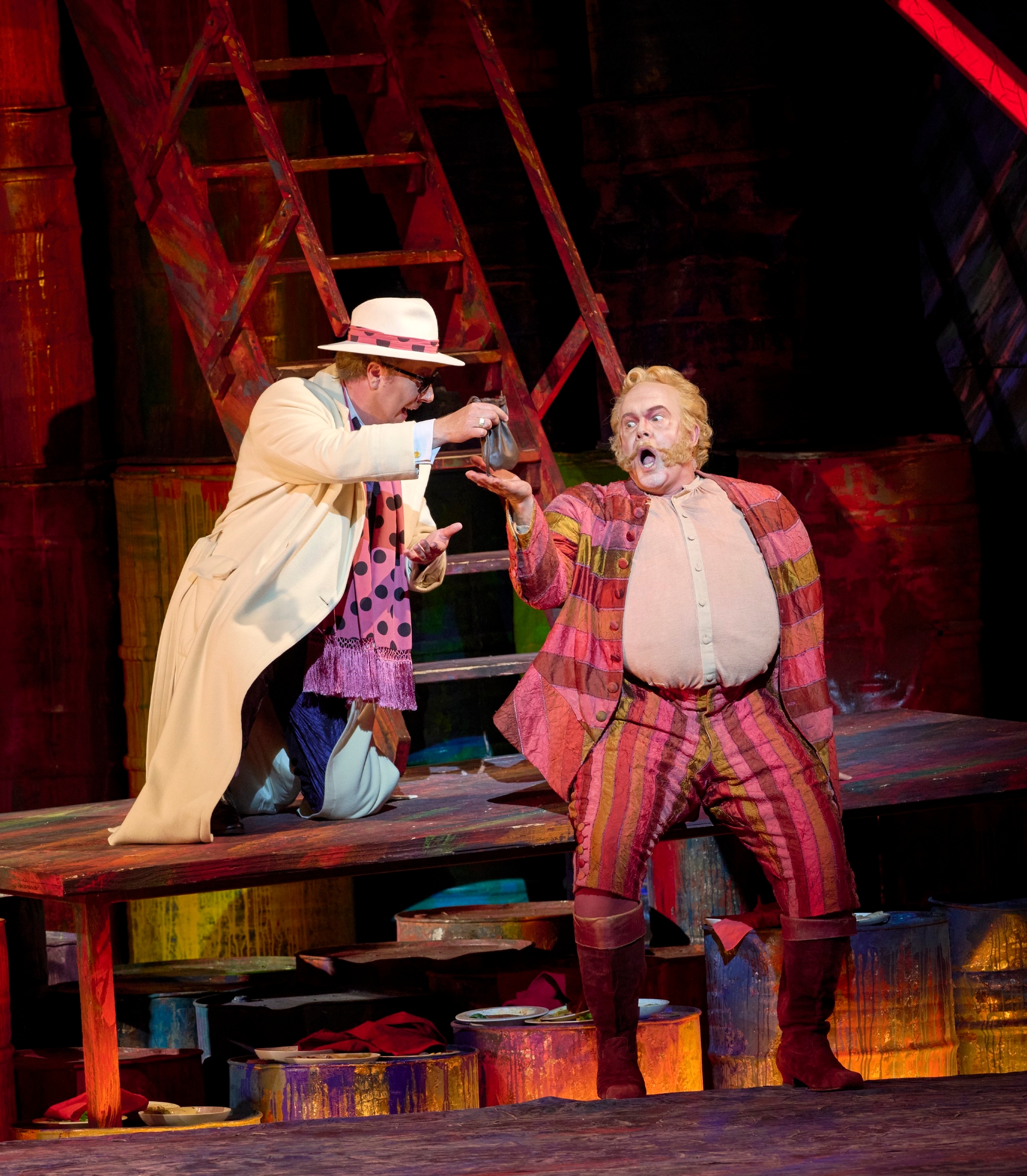
Once again, Falstaff is persuaded to go on a rendezvous:
As the Black Knight, he is to appear in Windsor Park at night with antlers on his head. There, however, the citizens dressed as elves and goblins attack him and give him a hard time. But Ford's plan to marry the eccentric physician Dr. Cajus to his daughter Nannetta, who loves poor Fenton, also fails. In the general confusion, the right couple find each other. Falstaff asks who is the deceived one. They come to an agreement: all is fun on earth.
Marelli's Flastaff is an example of the visual form of an inner dramaturgy developed from the music. The tilting slant dominating the stage space, which allows a rapid transformation of the scenery - from the gray bourgeois world to the space of the run-down outsider and back - makes it possible to depict two spaces that are dependent on each other like the two sides of a coin. This realization, with its extremely fast, abrupt transformation, seems to be taken directly from the score, which has no flowing transitions and therefore requires hard cuts.
"Falstaff is certainly not the transfiguring legacy of an old, possibly embittered old man, no, it is an infinitely fresh work of new beginnings. With this comedy, Verdi subjects his work to a radical rejuvenation; it is basically a departure into tomorrow. With a huge leap, Verdi overcomes an entire musical epoch - that of verismo - and creates an anti-illusionist language, a piece full of subtle charisma. Not a single note is superfluous in this opera!" (Marco Arturo Marelli)
With Falstaff , Giuseppe Verdi once again tried his hand at the genre of light-hearted opera, a genre he had not touched since his failure with Un Giorno di Regno some 50 years earlier. Together with his librettist Arrigo Boito, he succeeded in creating a new form of musical comedy which, although it drew on tradition in many respects - such as the types of characters - took a completely different path: a work free of convention, incredibly subtle in its structure and its (also musical) cross-connections, far removed from crude laughter theater.

